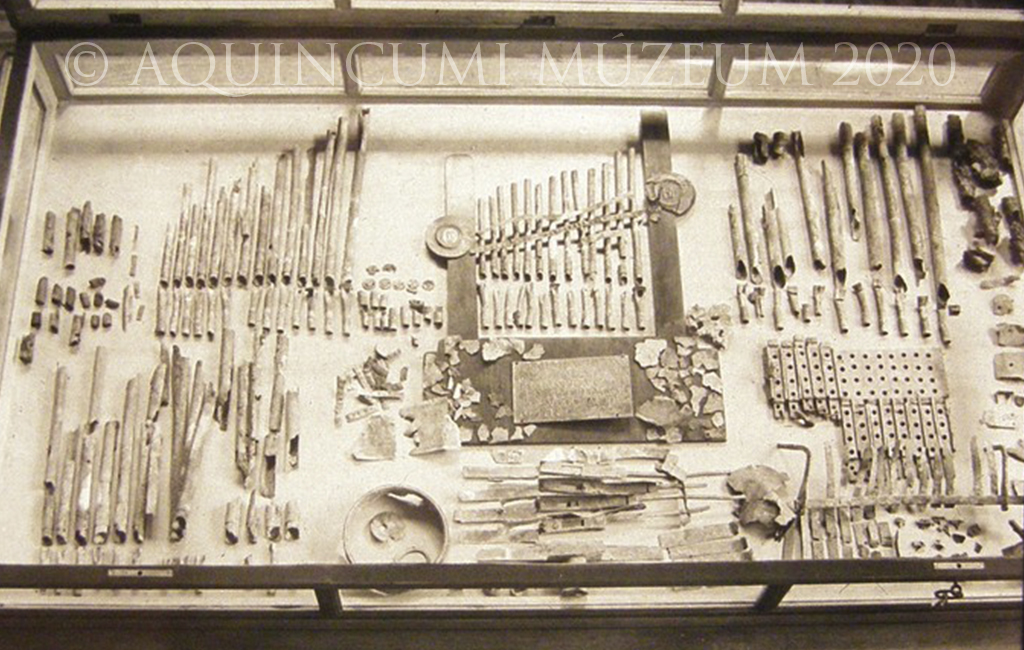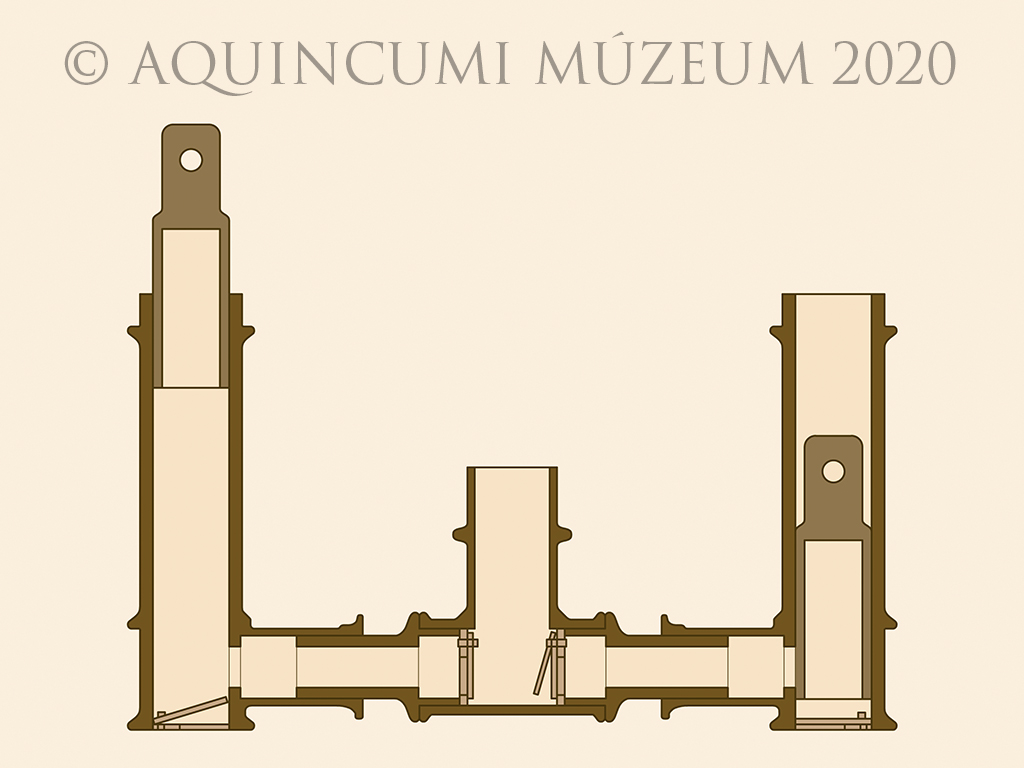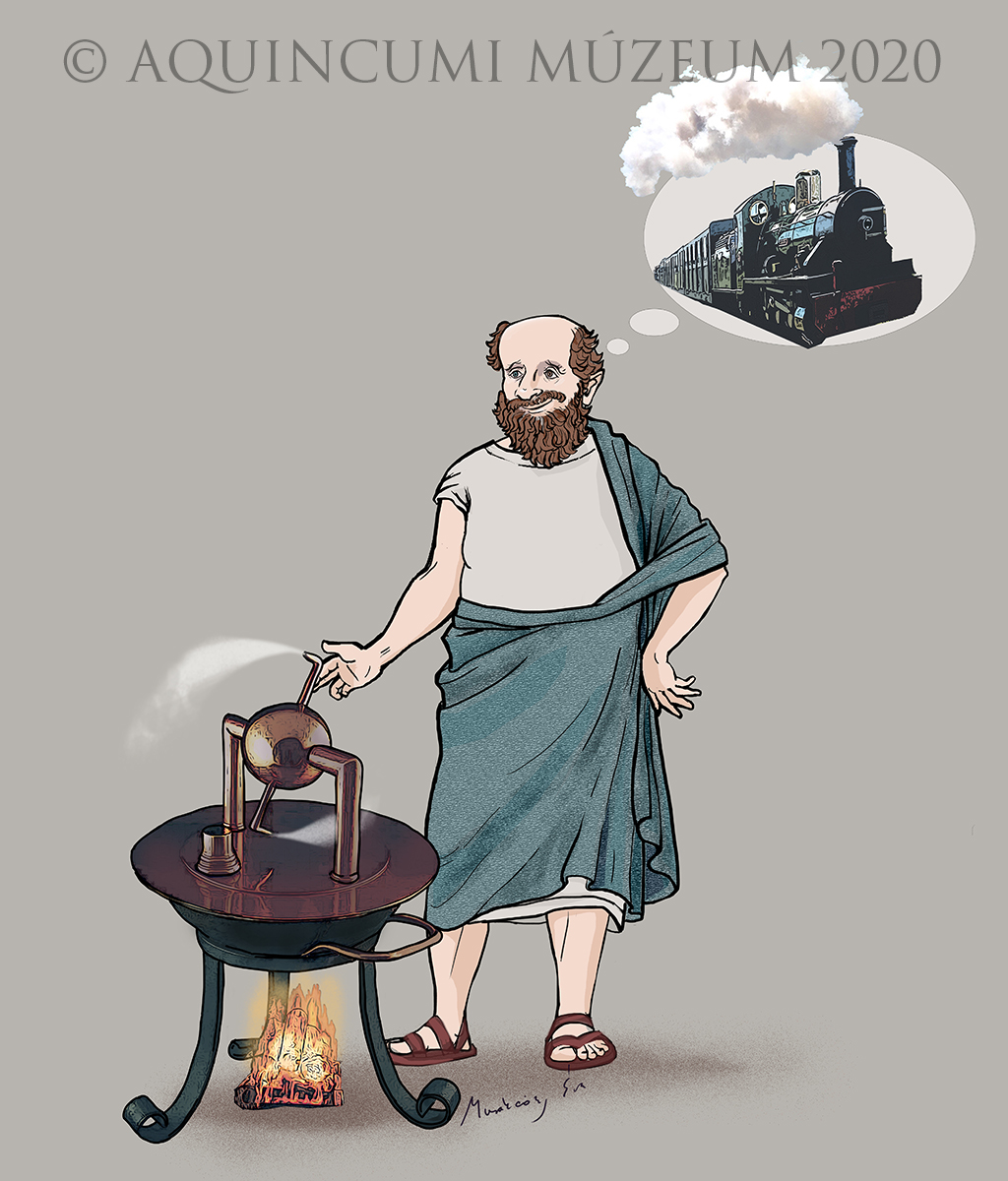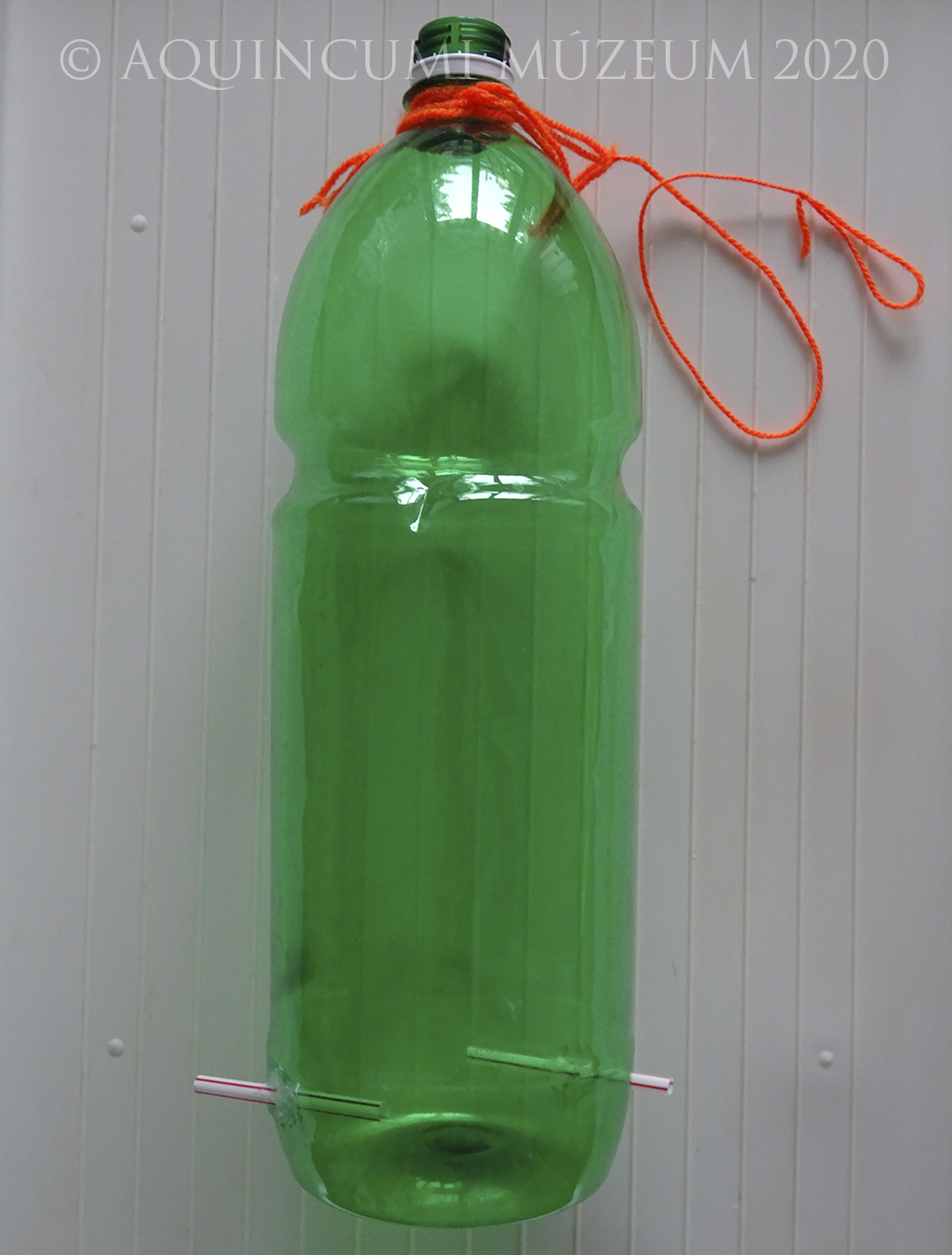As part of our new temporary exhibition “Ingenious inventions – Innovative ideas: Episodes from the history of ancient technology” we are regularly presenting online 2000-year-old innovations in science and technology, and give tips on how those interested can become ancient engineers. At the heart of our third episode is Heron of Alexandria: A real jack of all trades from the ancient world.
In the second half of the 1st century AD lived a scientist in Alexandria by the name of Heron. He was not quite as brainy as his predecessors, the scientists of the citadel of ancient learning, the Musaeum, yet he had at his disposal the vast knowledge compiled by those who came before him. At least that is what books on ancient technology tell us. Heron, however, was not only familiar with their body of work; he used it in practice and recorded his findings. The most wonderful part is that his books survived to a great extent, and they were published in 1899. For us his most important treatise is his book on Pneumatics, as in this volume he described how an ancient organ functioned.
To find out more about ancient organs, click here.
The Aquincum Museum, after all, holds the world’s oldest organ, which survived almost completely. This organ dates to AD 228, some 170 years after Heron; nonetheless his description is an excellent source for understanding how it worked.

The parts of the Aquincum organ at their first exhibition (Aquincum Museum, Photographic Archive)
Heron’s Pneumatics describes numerous – 75 to be exact – other exciting inventions, all of which are operated using air, water, or steam pressure. Modern researchers say his treatise reads like a textbook. In that case, let’s open the book and start learning!
In the foreword of his book Heron writes “Some of these [inventions] are very useful for everyday life; others are rather eye-catching.” Time – the past almost two thousand years – stands as testament to that. Organs have undergone some huge developments and they still fill our churches and concert halls with music. The fire pump (also invented by Ctesibius, but described in Heron’s book) was used in a practically identical form up until the 19th century. If we keep an open eye, we can even see such machines set up like artwork in public spaces, or, if not, we can visit the Central Museum of Disaster Management!

An ancient fire pump (drawing by Tamás Lajtos based on the find from Bolsena now held at the British Museum)
And what are those that catch the eye? For instance the fountain, the statues offering libations, the automatic ‘birds’ chirping on their own, the horn that sounds whenever the door opens, and the temple doors that open on their own. Perhaps the most astounding among his inventions is Heron’s aeolipile. He attached a sphere above a sealed cauldron filled with water. From this sphere projected two pipes bent at right angles. When he heated the cauldron, the water in it boiled, the steam flowed into the sphere and exited through the pipes, causing the sphere to rotate. This is sometimes considered to be the predecessor of the steam engine, but the truth is it never occurred to Heron – or at least he did not tell us – to put the steam to good use …

Heron’s aeolipile (drawing by Éva Murakeözy)
Some believe these inventions remained only theoretical, while others think the devices were actually made and used to entertain guests at gatherings and feasts.
How does it work?
Statues offering libations
If a fire is lit on the altar, the statues next to it will offer libations. This invention is described in chapter 12 of Heron’s Pneumatics.
There is a closed tank with statues standing on top of it. Between the statues there is an altar. Inside the altar there is a wide tube with a closed top and open base, which reaches almost the bottom of the tank. Inside each statue runs a thin tube from the tank to the cups held by the statues. The tank is filled with water through a small hole, which is sealed afterwards. If a fire is lit on the altar, the air in the wide tube heats up and expands, pushing down the water in the tube. As the water has nowhere else to go, it rises up through the thin tubes and into the cups. From the cups the water falls on the fire burning on the altar and extinguishes it. The statue thus makes a drink offering, and it does that precisely for the length of time it takes for the fire to go out. Once the fire is extinguished, the air in the wide tube below the altar cools down, its volume decreases, causing the water level to rise in the wide tube. Simultaneously, the remaining water in the thin tubes flows back into the tank. Once the water level in them matches that of the tank, the water level in the tank starts to decrease until the water level becomes equal in the tank and the wide tube.
If we look closely, the way this works can look familiar. The same principle is used by moka pots for making coffee!
Heron of Alexandria’s libation-offering automaton (animation by Áron Fodor)
Become an ancient engineer!
Heron’s aeolipile
To avoid any burns and since the weather is nice, let’s illustrate Heron’s aeolipile using water! What we’ll need is a mineral water bottle, a straw, a glue gun, and a piece of string. Drill two holes opposite each other on the lower part of the bottle. Place diagonally into each hole a small piece of straw and fix it in place with the glue gun. Tie the piece of string around the neck of the bottle.

A homemade Heron’s aeolipile
Now comes the fun part! Hold the bottle and fill it completely with water. Now hold only the string, and let go of the bottle. The water flows out of the bottle through the straws, which makes the bottle spin around quickly, just like Heron’s aeolipile was rotated by steam.
A DIY Heron’s aeolipile
Written by Dr Gabriella Fényes
Click here to read the other entries of our online exhibition.


